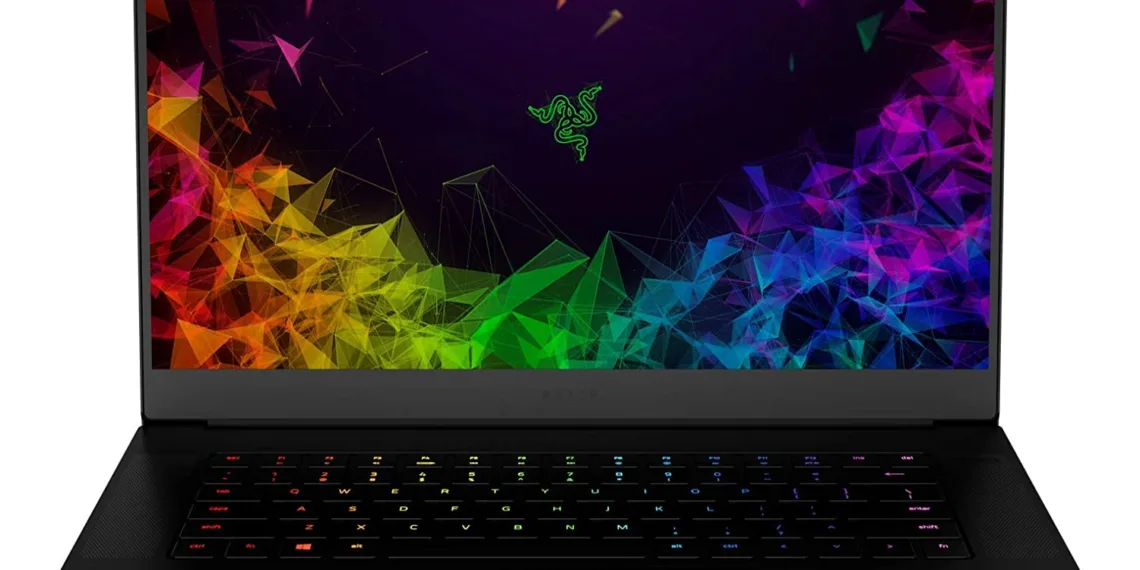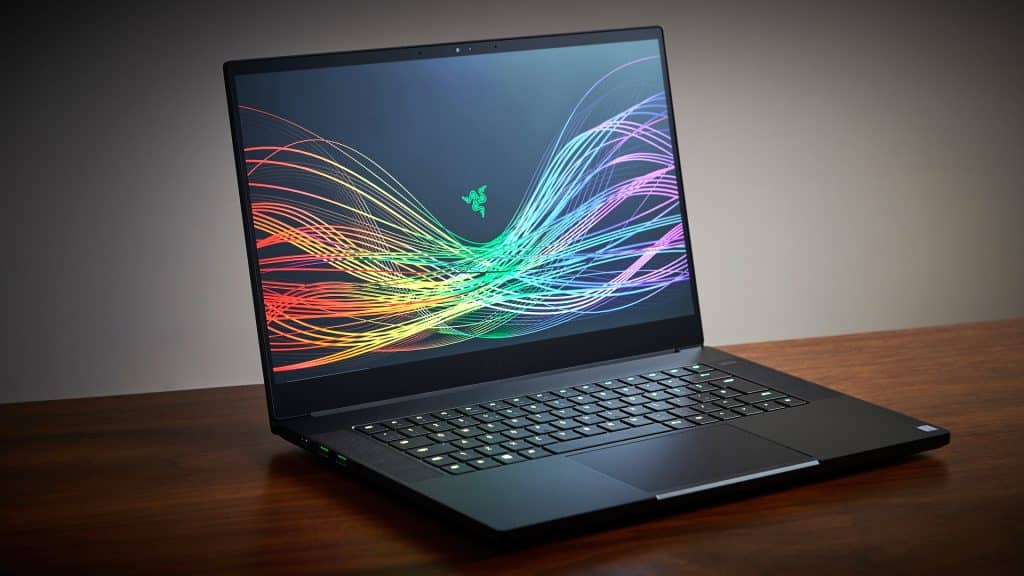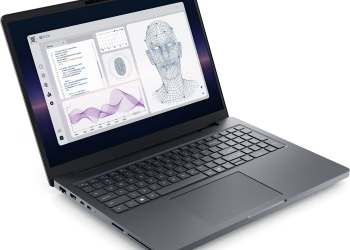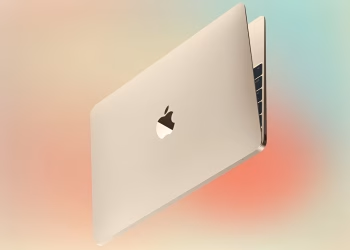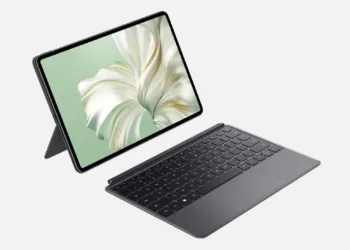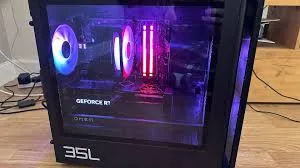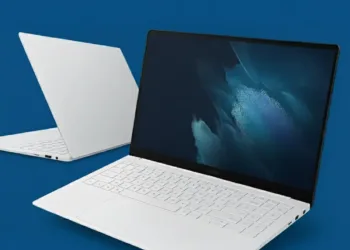For the CES 2021, Razer brought new improvements to its Blade 15 and Pro 17 gaming laptops. Both the laptops had similar features and were almost identical with minimal differences. But currently, we can say that the models seem to be added with a little difference in their specs.
The biggest change which the manufacturer brought to the series was the inclusion of QHD screens. The screen is a 1440p QHD display with a fast refresh rate and comes with Nvidia’s G-Sync variable refresh rate tech built-in.
The inclusion of a 1440p screen is a huge gain for the company as the gaming laptops always have been sporting 1080p and 4K displays. but now gamers have a new option for the gaming laptop displays.

Razor Blade 4KTouch
For high-end laptops of the series, the manufacturer will equip them with Nvidia’s new RTX 3000-series graphics chips. The Blade 15 Advanced which is the name for the high-end model comes with the RTX 3070 and a QHD screen with G-Sync. The laptop will cost $2,499.
The laptop can also be customized up to a special variant of the RTX 3080 with 16GB of VRAM. The bigger Blade Pro 17 will start at $2,299 and will feature the RTX 3060.
| Compare | Razer Blade 15 (base model) | Razer Blade 15 (Advanced model) | Razer Blade Pro 17 |
| Dimensions | 19.9 x 235 x 355mm | 16.9 x 235 x 355mm | 19.9 x 260 x 395mm |
| Screen options | FHD (120Hz), upgradeable to FHD (144Hz IPS), or QHD (165Hz IPS) | QHD (240Hz IPS), upgradeable to FHD (260Hz IPS), or 4K (60Hz OLED with touch) | QHD (165Hz), upgradeable to FHD (360Hz), or 4K (120Hz, touch) |
| Storage | 256GB PCIe NVMe SSD (upgradeable to 512GB, and supports a second M.2 drive of up to 4TB of total space) | 1TB PCIe NVMe SSD (supports a second M.2 drive for a total of up to 4TB) | 512GB PCIe NVMe SSD (upgradeable to 1TB, supports a second M.2 drive for up to 4TB of storage) |
| Memory | 16GB dual-channel DDR4-2933MHz RAM (user replaceable up to 64GB) | 16GB dual-channel DDR4-2933MHz RAM (upgradeable to 32GB, user replaceable up to 64GB) | 16GB dual-channel DDR4-2933MHz RAM (upgradeable to 32GB, user replaceable up to 64GB) |
| Processor | Intel Core i7-10750H (2.6GHz base clock, 5GHz boost) | Intel Core i7-10875H (2.3GHz base clock, 5.1GHz boost) | Intel Core i7-10875H (2.3GHz base clock, 5.1GHz boost) |
| Graphics | Nvidia GTX 1660 Ti (upgradeable to Nvidia’s RTX 3070) | Nvidia RTX 3070 (upgradeable to Nvidia’s RTX 3080 with 16GB of VRAM) | Nvidia RTX 3060 (upgradeable to Nvidia’s RTX 3080) |
| USB-C ports | two (one being a Thunderbolt 3 port with four lanes of PCIe throughput) | two (one being a Thunderbolt 3 port with four lanes of PCIe throughput) | two (one being a Thunderbolt 3 port with four lanes of PCIe throughput) |
| USB-C charging | No | Yes (20V charging) | Yes (20V charging) |
| Battery | 65Wh | 80Wh | |
| USB Type-A ports | three (3.2 Gen 2) | three (3.2 Gen 2) | three (3.2 Gen 2) |
| HDMI 2.1 support | Yes | Yes | Yes |
| SD card reader | No | Yes | Yes |
| Ethernet port | Yes | No | Yes |
| Headphone port | Yes | Yes | Yes |
| Webcam | 720p | Windows Hello 720p | Windows Hello 720p |
| Wi-Fi 6E support | No (Wi-Fi 6) | Yes | Yes |
| Bluetooth | 5 | 5.2 | 5.2 |
| Starting price | $1,499 | $2,499 | $2,299 |

